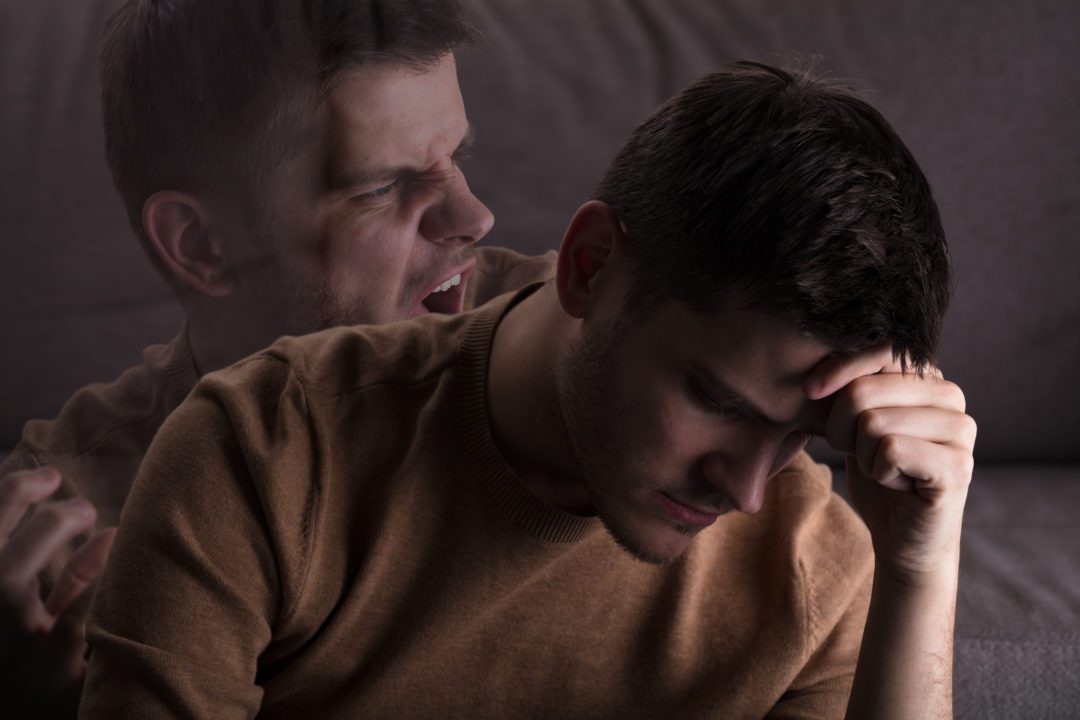Growing up in an alcoholic household can be tremendously traumatic for a child. But there are instances when the problem remains buried or perhaps nonexistent until that child reaches adulthood. As you grow older and more observant, you may begin picking up signals that a parent in the home was hiding an addiction. And as difficult as it may be; once you hit adulthood, you may be called upon to identify and resolve this life-threatening issue.
The BBC actually flagged this growing trend on their website. In an article on their homepage, the global news outlet called out a sharp increase in grown children taking their parents into treatment. For example, the Association for the Children of Alcoholics (also known as ACOA) received inquiries from more than 23,000 people last year. That pales in comparison to the stats from 2013, which leveled off at 6,400.
But the data doesn’t end there. The site went on to report that as many as one in three older adults battling alcoholism first developed it later in life. Now there could be a myriad of reasons for this occurrence. An aging parent may find themselves drinking after the loss of a spouse, or perhaps depression after retirement. They could also be dealing with more physical pain at an advanced age and look to booze as a coping mechanism.
This scenario can be especially difficult for the adult children, as they never grew up with alcoholism in the home. Seeing a problem occur somewhat suddenly in an older parent can stir up a variety of difficult emotions, as NACOA rep Stephanie Page explained to The BBC.
“The parent may have retired and is lonely; they may have had issues adjusting to retirement,” Page told he site. “The adult child of the alcoholic often finds that really difficult because they haven’t seen this side of them before and they may not know what to do. It can be really surreal seeing this side to your parent.”
Having to take the lead and “reverse roles” with a parent can be very difficult, especially when it comes to seeking out treatment. At Inneractions, we have been through these instances countless times and are happy to offer support or counseling before step one is taken. If you or someone you are close to is dealing with an alcoholic older parent, please reach out so they can get the care and recovery regimen they need.











